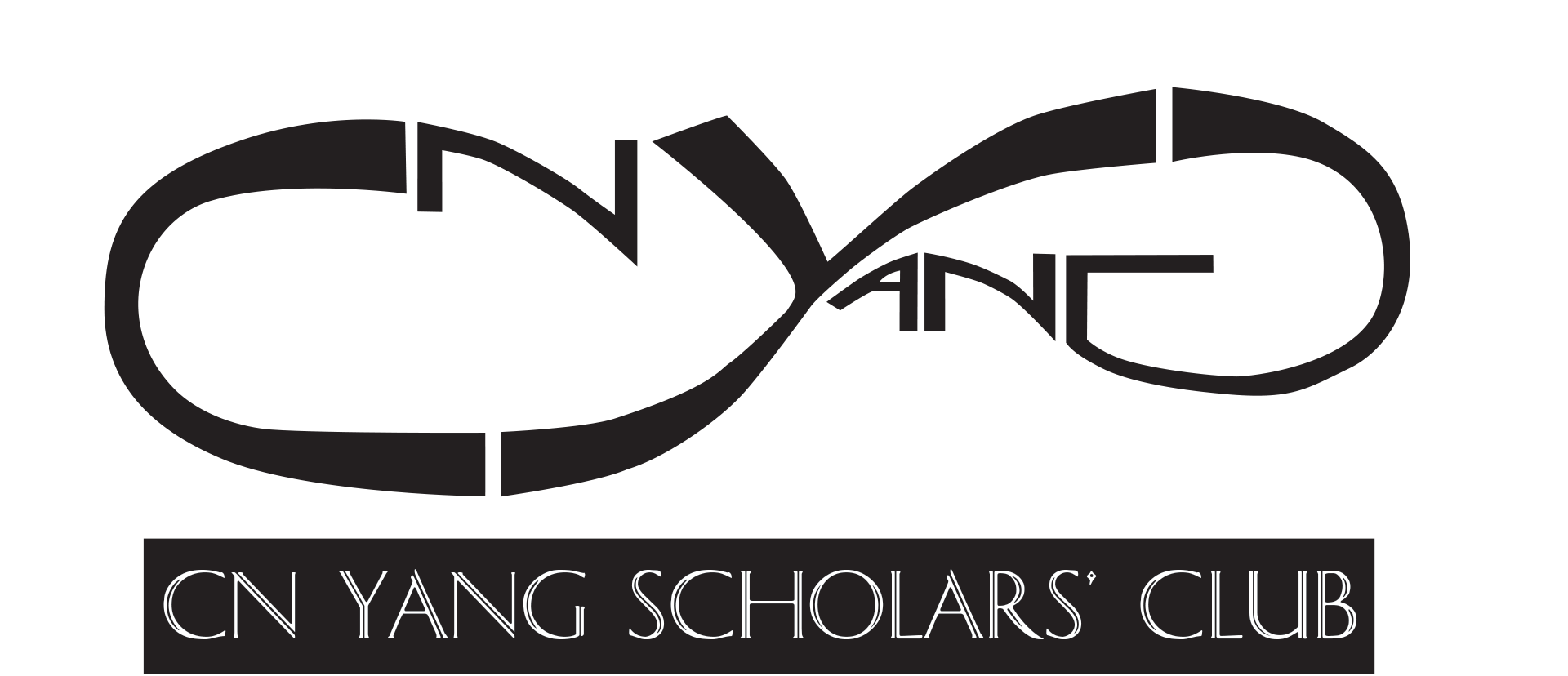BY LIN MIN HTOO
Last Friday, 17 CN Yang Scholars embarked on a visit to Duke-NUS to learn more about its graduate study options. It was a drizzling afternoon, marking the end of recess week. A week of not having seen much of one another gave way to excited conversation aboard a spacious bus chartered by Duke-NUS to the Outram campus.
The main hall was highly spacious and majestic, soaking us with a solemn air befitting an academic institution. Yet, the building’s highly modern architecture and unique design lent it an aura of freshness and dynamicity. The lower floors are exclusively for teaching and learning, with the upper floors entirely dedicated to cutting-edge research work.
Upon arriving at a classroom, we were greeted by a culturally diverse team of staff, representing the international community at Duke-NUS. We were each given a name tag and sorted into groups of four. This was promptly followed by a jovial Welcome Address by Mr Chris Lee, a senior admissions and outreach consultant who enthusiastically shared with us more about Duke-NUS. As the name suggests, Duke-NUS is a partnership between Duke University in the United States, and the National University of Singapore; graduates are conferred one degree by each university. Contrary to popular belief, the student body at Duke-NUS, Chris remarked, does not just comprise those with a degree in Biological Sciences or Medicine. In fact, a surprisingly large percentage – 20% – hail from an engineering background, and thrive at the medical school due to their analytical and systematic thinking.
Additionally, he sang the praises of the ethos behind the CN Yang Scholars Programme, affirming its highly interdisciplinary curriculum that intertwines innovative thinking and research. He then noted CNYSP’s similarities and synergy with the nature of the programmes at Duke-NUS, which strongly emphasise self-directed, collaborative learning and thinking out of the box.
As if to dispel any and all doubts regarding this claim, Chris immediately proceeded to the next activity, the Mini TeamLEAD exercise. To start off, each group was handed a folder of documents. Among them was a highly nostalgic OAS MCQ Answer Sheet, instantly reminding us of our Team-Based Learning (TBL) exercises at the Hive. The uncanny similarities did not stop there: the TeamLEAD exercise constituted an Individual Readiness Assessment (iRA) followed by a Team Readiness Assessment (tRA), centred on an article about the United States government’s efforts to curb smoking in the country. (On a side note, the questions were free of typographical mistakes.)
During the tRA stage, heated discussions ensued within each group as we critically assessed various measures to encourage smokers in Singapore to quit, deeply analysing the issue by considering the social, economic and political aspects. Afterwards, the groups engaged in impassioned debate, with one camp supporting the use of advertisements featuring ex-smokers on the grounds of past success in the US, while the other questioned the effectiveness of campaigning here given the generally less-conforming Singaporean youth. The exercise concluded with Chris reiterating that the learning environment at Duke-NUS is highly self-directed yet collaborative.
It was then time for a refreshing tea break and some networking. We were introduced to 3 current Duke-NUS students, each enrolled in the MD, PhD and MD-PhD programmes. Notably, the MD student is a CNYSP alumnus, and was accordingly subjected to vigorous interrogation by scholars curious about her decision to do an MD at the institution. In Nanyang Technological University (NTU), she was a Chemistry major and explored widely during her undergraduate years, such as undertaking an Undergraduate Research Experience on Campus (URECA) on coral health. However, she did not feel a strong calling for laboratory research, as she wanted to effect a more immediate impact on others’ lives. To current scholars, her main advice is to keep all options open, never stop trying new things and follow your heart to pursue your passion.
After the short but insightful networking session, we were brought on a tour around the campus. We were especially awed by the seminar style lecture theatre designed especially for team-based learning, not to mention the overall serene environment within the building
The subsequent activity was a Fundoscopy workshop, where we had the opportunity to use a fundoscope to examine the retina of a dummy and of one another, giving them a small taste of the repertoire of examinations performed by a doctor. It was indeed a FUN and EYE-opening hands-on experience! (puns intended)
To wrap up the event, Prof London Lucien Ooi, Associate Dean of Admissions, and Associate Prof Silke Vogel, Associate Dean of Graduate Studies, gave highly informative talks on the MD and PhD programmes respectively. In summary, the MD programme trains those who have at least a Bachelor’s degree to become a doctor, while the PhD programmes in Integrated Biology and Medicine (IBM) and Integrated Biostatistics and Bioinformatics (IBB) prepare students for a research career. Lastly, the 7 year long MD-PhD track is available, complete with entitlements such as a full scholarship to offset the opportunity cost of time spent studying. Vanessa Koh, a year 1 CN Yang Scholar majoring in the Biological Sciences, is undaunted by the duration of this track, as she aspires to be a clinician scientist, a career requiring both a MD and a PhD. “I cannot be satisfied knowing that I am trying to help my patients with the limited resources I have as a doctor. Continuous clinical research will enable me to improve my treatment methods.”
Overall, this visit to Duke-NUS was a highly informative one that shed more light on a possible career route applicable not just to Biological Sciences majors, but also engineers and all others who feel a genuine calling for saving lives.
